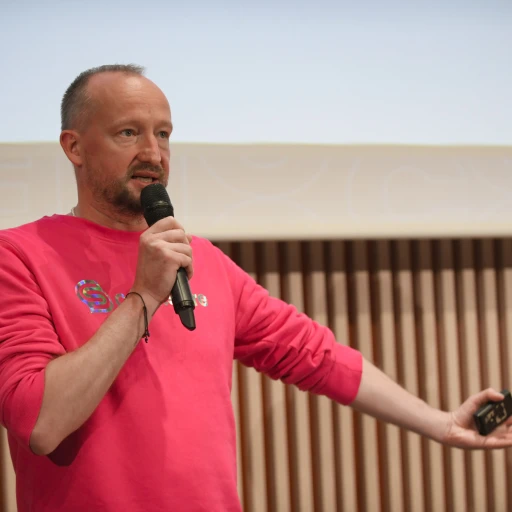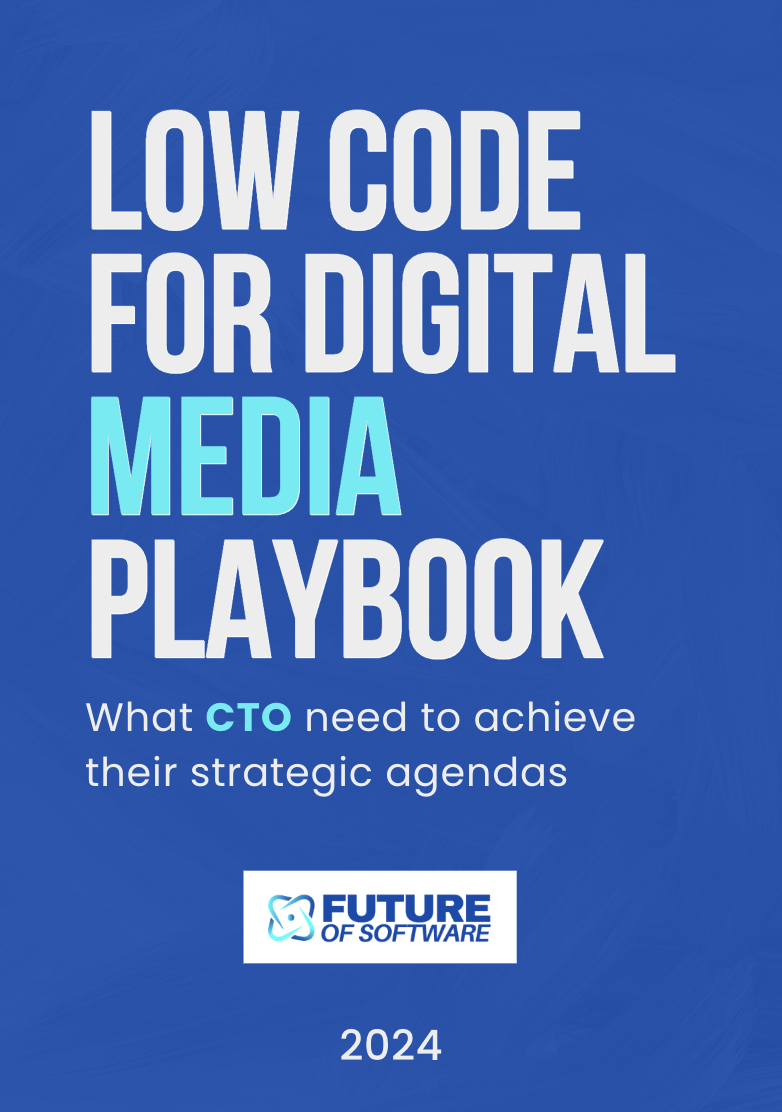
Understanding the role of MVPs in modern software innovation
Why MVPs Are the Foundation of Modern Software Progress
In today’s fast-moving digital landscape, the concept of the minimum viable product (MVP) has become central to software innovation. An MVP is more than just a stripped-down version of a product; it’s a strategic approach that allows businesses to test ideas quickly, gather user feedback, and iterate based on real-world data. This method helps teams focus on delivering core features that solve genuine problems, rather than getting lost in unnecessary complexity.
Modern software development relies on MVPs to reduce risk and accelerate time to market. By launching a product with only the essential features, companies can validate their assumptions and adjust their direction before investing heavily in full-scale development. This is especially important in web and mobile app development, where user expectations and market trends shift rapidly. The MVP approach empowers a dedicated team to learn directly from users, improving the overall user experience and ensuring that the final product aligns with actual needs.
- Faster feedback loops: MVP development enables businesses to collect actionable insights from early adopters, shaping future updates and features.
- Resource efficiency: By focusing on a minimum viable set of features, teams avoid wasting time and budget on ideas that may not resonate with the market.
- Market validation: MVPs help confirm whether there is real demand for a product before scaling up development services or expanding the tech stack.
Custom MVP software takes this approach further by tailoring the product to specific business goals and user needs. This customization ensures that the MVP is not just viable, but also relevant and competitive in its target market. As businesses look to the future, the ability to adapt quickly and design solutions that fit unique requirements will be a key differentiator.
For a deeper look at how data-driven strategies and emerging technologies are influencing the future of software, you might find this article on how fitness BI is shaping the future of software insightful.
Why customization matters in MVP software development
Why one-size-fits-all MVPs often fall short
When it comes to MVP development, many businesses are tempted by off-the-shelf solutions. However, these generic approaches rarely align with the unique needs of a specific product, market, or user base. Custom MVP software development addresses this gap by focusing on the essential features that matter most to your target audience and business goals. This tailored approach ensures that the minimum viable product is not just functional, but also relevant and competitive in the chosen market.
Aligning MVP design with real user needs
Customization in MVP software is about more than just branding or interface tweaks. It’s about shaping the core features and user experience to fit the actual problems your users face. A dedicated team can work closely with stakeholders to prioritize features, ensuring the MVP delivers genuine value from day one. This process also makes it easier to collect meaningful user feedback, which is critical for guiding future product development and refining your app or web service.
Faster learning, smarter pivots
Custom MVPs allow businesses to test their ideas in the real world, using a tech stack and design that matches their long-term vision. By focusing on the right features, teams can launch faster and adapt quickly based on feedback. This agility is essential in today’s fast-moving markets, where time to market can make or break a new product. Customization also supports seamless integration with existing systems, which is especially important for businesses looking to scale their software or mobile app in the future.
Building a foundation for future growth
Investing in custom MVP development services isn’t just about the initial launch. It’s about setting up a foundation for sustainable growth. A well-designed custom MVP can evolve into a robust product, supporting new features and services as the business grows. This approach also helps the development team avoid costly rework, since the MVP is built with scalability and future needs in mind.
For more insights into how software innovation is shaping the next era, you can read about how software innovation will shape the next era at Transform Las Vegas.
Key benefits of custom MVP software development for future-focused businesses
Driving Competitive Advantage with Tailored MVPs
Custom MVP software development is rapidly becoming a game-changer for businesses aiming to stay ahead in a fast-evolving market. By focusing on building a minimum viable product that is uniquely tailored to a specific business idea, companies can test their concepts with real users and gather actionable feedback early in the product development process. This approach allows for a more agile response to market needs and user expectations, setting the stage for long-term success.
- Faster Time to Market: Custom MVPs enable businesses to launch their web or mobile app quickly, validating their product-market fit before investing in full-scale development. This reduces risk and helps teams prioritize features that matter most to users.
- Efficient Use of Resources: By focusing on essential features, development teams can allocate resources more effectively. This leads to cost savings and ensures that the dedicated team is working on what truly drives value for the business.
- Enhanced User Experience: Custom MVP development puts user feedback at the center of the process. Iterative design and continuous improvement based on real-world data help create a product that resonates with the target audience.
- Scalability and Flexibility: A custom MVP is built with the future in mind. The right tech stack and architecture make it easier to scale the product and add new features as the business grows.
- Market Differentiation: Custom software solutions allow businesses to stand out by offering unique features and services that are not available in off-the-shelf products. This differentiation is crucial for long-term growth and customer loyalty.
For businesses looking to leverage the latest advancements in technology, custom MVP development services offer a strategic pathway. By collaborating with a dedicated development team, companies can ensure their minimum viable product is not only functional but also aligned with their vision and market demands. To see how emerging tech trends are influencing MVP software and app development, read about the latest advancements in Dubai's technology scene.
Challenges and pitfalls in building custom MVPs
Common roadblocks in custom MVP journeys
Building a custom MVP is rarely a straightforward process. Even with a dedicated team and a clear product idea, several challenges can slow down or complicate development. One of the most frequent issues is scope creep. As new features are requested or user feedback comes in, the minimum viable product can quickly become overloaded, risking delays and budget overruns. Another challenge is balancing speed with quality. The pressure to reach the market fast can lead to cutting corners in design or testing, which may hurt user experience and the product’s long-term potential. Teams must find the right balance between delivering a viable product quickly and ensuring it meets essential quality standards.Technical and resource limitations
Selecting the right tech stack is crucial for MVP development. A mismatch between the chosen technologies and the project’s requirements can cause integration issues or limit scalability. Additionally, limited resources—whether in terms of budget, time, or expertise—can restrict the ability to build a truly custom solution. This is especially true for startups or small businesses venturing into app development or web services for the first time.Aligning with real user needs
A custom MVP should be designed around genuine user problems. However, it is easy to misinterpret market signals or overestimate demand for certain features. Without a structured approach to gathering and analyzing user feedback, the development team may end up building a product that misses the mark. This misalignment can waste valuable resources and delay product-market fit.Team coordination and communication
Effective collaboration is essential in custom MVP software development. Miscommunication between stakeholders, designers, and developers can lead to misunderstandings about priorities or features. This can result in rework, increased costs, or a product that does not reflect the original business vision. Regular check-ins and clear documentation help keep everyone aligned.Security and compliance concerns
As MVPs often handle sensitive user data, overlooking security and compliance can be a costly mistake. Early-stage products may lack robust protections, making them vulnerable to breaches or regulatory issues. Integrating security best practices from the start is vital, even if the product is still in its minimum viable phase.- Scope creep and feature overload
- Balancing speed with quality
- Choosing the right tech stack
- Resource constraints
- Misreading user feedback
- Poor team communication
- Security and compliance risks
Emerging technologies influencing custom MVP software development
New Tools and Technologies Transforming MVP Development
The landscape of custom MVP software development is rapidly evolving, thanks to a wave of emerging technologies. These advancements are not only changing how teams design and build minimum viable products, but also how businesses gather user feedback and adapt their product to the market.- Cloud-native platforms: Cloud services have made it easier for development teams to deploy, scale, and manage MVPs. This flexibility helps businesses test their product idea with real users faster and at a lower cost, while also supporting long-term growth if the MVP gains traction.
- Low-code and no-code solutions: These platforms empower both technical and non-technical team members to participate in app development. By reducing the need for extensive coding, businesses can quickly validate features and iterate based on user feedback, making the MVP process more accessible and efficient.
- AI and machine learning: Artificial intelligence is increasingly being used to enhance user experience, automate repetitive tasks, and analyze feedback. For example, AI-driven analytics can help identify which features resonate most with users, guiding the development of a more viable product.
- Microservices architecture: Breaking down software into smaller, independent services allows for greater flexibility in MVP design. This approach lets teams update or replace features without disrupting the entire product, supporting faster iteration and better alignment with market needs.
- Cross-platform frameworks: Tools like React Native and Flutter enable development teams to build web and mobile app versions of an MVP simultaneously. This reduces time to market and ensures a consistent user experience across devices.
How These Technologies Impact Custom MVPs
The adoption of these technologies means that businesses can focus on delivering core features that matter most to their users. With the right tech stack, a dedicated team can quickly adapt to feedback, refine the product, and respond to changing market demands. This agility is crucial for custom MVP software, where the goal is to validate an idea with minimum investment before scaling up. Moreover, integrating new tools into the MVP development process can help reduce costs, improve collaboration, and enhance the quality of the final product. Whether you are building a web app, mobile app, or a complex custom solution, staying updated with these trends is essential for success in the evolving world of software development.Best practices for successful custom MVP software development
Building the Right Team and Process
A successful custom MVP software project starts with assembling a dedicated team. This group should include not only developers but also product managers, designers, and testers. Each member brings a unique perspective to the table, ensuring that the minimum viable product is both technically sound and user focused. Clear communication and regular check-ins help keep everyone aligned on the product vision and priorities.Prioritizing User Feedback Early
Collecting user feedback is essential from the first stages of MVP development. By integrating real user insights, the development team can quickly identify which features resonate and which need improvement. This approach helps avoid investing time and resources into features that do not add value to the user experience or the business. Early feedback loops also support faster iterations and a quicker time to market.Focusing on Core Features
When building a custom MVP, it is tempting to add extra features. However, focusing on the core functionality that solves the main problem for your target market is key. This focus ensures that the product remains lean, easy to test, and adaptable. It also allows the team to deliver a viable product faster, gather feedback, and iterate based on real-world usage.Choosing the Right Tech Stack
Selecting the appropriate tech stack for your MVP software is crucial. The right tools and frameworks should support rapid development, scalability, and easy integration with other services. Consider the long term: a flexible tech stack can adapt as your product grows and your business needs evolve. Consulting with experienced development services can help you make informed decisions here.Continuous Testing and Iteration
Testing should be embedded throughout the MVP development process. Regular usability tests, bug checks, and performance reviews help ensure the product is reliable and provides a positive user experience. Iterative development allows the team to refine the product based on user feedback and changing market demands, keeping the MVP relevant and competitive.Documenting and Learning from Each Step
Documenting decisions, challenges, and user feedback during MVP development creates a valuable knowledge base for future product development. This habit supports transparency within the team and helps avoid repeating mistakes. It also provides insights that can inform the design and development of future features or even entirely new products.- Assemble a dedicated team with diverse expertise
- Gather and act on user feedback early and often
- Focus on essential features for your target market
- Choose a tech stack that supports rapid and scalable development
- Embed testing and iteration into your process
- Document learnings for continuous improvement





-large-teaser.webp)








